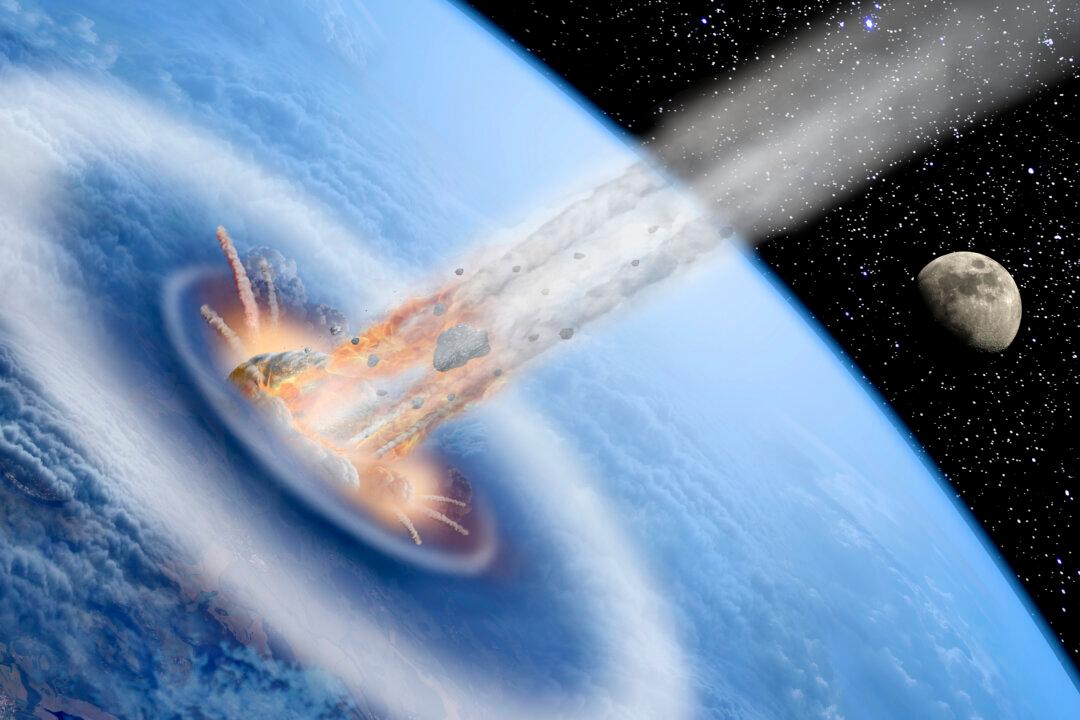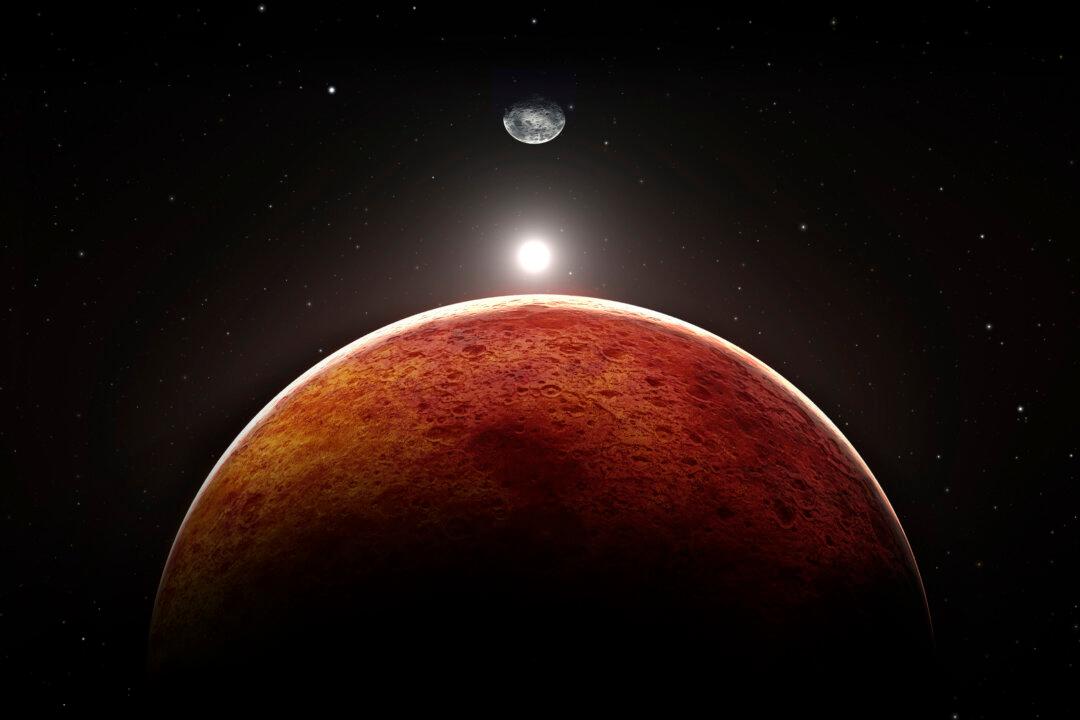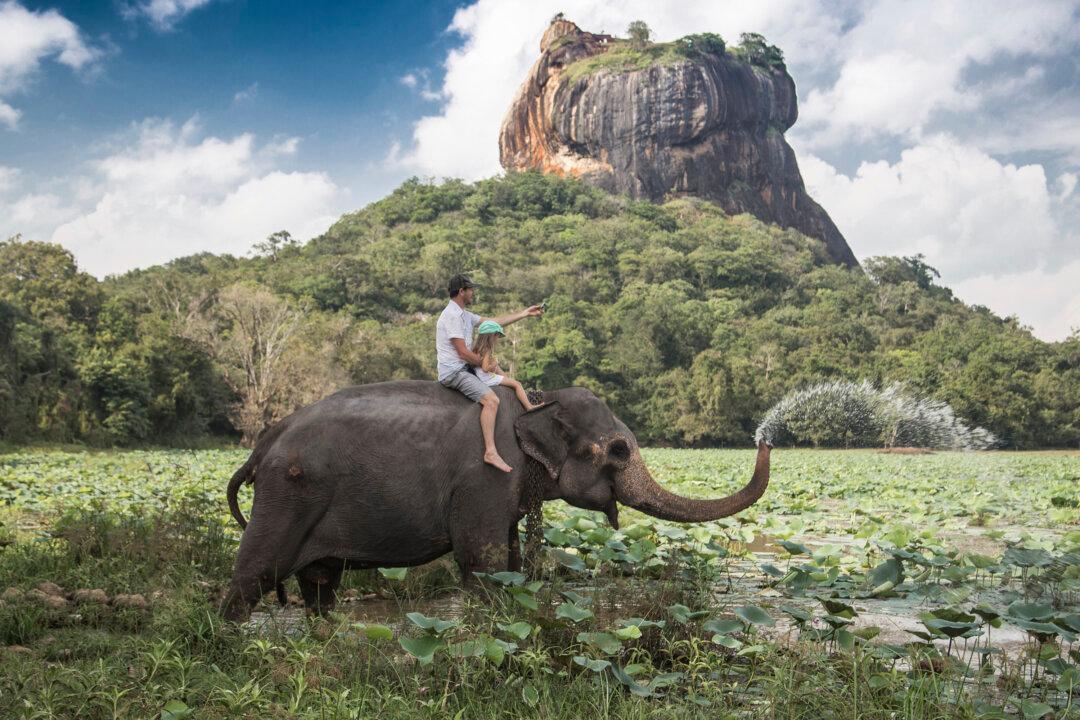Hundreds of thousands of years of volcanic eruptions in India—accelerated by a massive asteroid impact 66 million years ago—may have caused a perfect storm that led to the extinction of dinosaurs and other animals.
For 35 years, paleontologists and geologists have debated the role these two global events played in the last mass extinction, with one side claiming the eruptions were irrelevant, and the other side claiming the impact was a blip in a long-term die-off.
The new evidence includes the most accurate dates yet for the volcanic eruptions before and after the impact. The new dates show that the Deccan Traps lava flows, which at the time were erupting at a slower pace, doubled in output within 50,000 years of the asteroid or comet impact that is thought to have initiated the last mass extinction on Earth.
Both the impact and the volcanism would have blanketed the planet with dust and noxious fumes, drastically changing the climate and sending many species to an early grave.
“Based on our dating of the lavas, we can be pretty certain that the volcanism and the impact occurred within 50,000 years of the extinction, so it becomes somewhat artificial to distinguish between them as killing mechanisms: both phenomena were clearly at work at the same time,” says lead researcher Paul Renne, professor-in-residence of earth and planetary science at the University of California, Berkeley, and director of the Berkeley Geochronology Center.
“It is going to be basically impossible to ascribe actual atmospheric effects to one or the other. They both happened at the same time.”
Geologists argue that the impact abruptly changed the volcanoes’s plumbing system, which produced major changes in the chemistry and frequency of the eruptions. After this change, long-term volcanic eruptions likely delayed recovery of life for 500,000 years after the KT boundary, the term for the end of the Cretaceous and the beginning of the Tertiary period when large land animals and many small sea creatures disappeared from the fossil record.
“The biodiversity and chemical signature of the ocean took about half a million years to really recover after the KT boundary, which is about how long the accelerated volcanism lasted,” Renne says. “We are proposing that the volcanism unleashed and accelerated right at the KT boundary suppressed the recovery until the volcanoes waned.”
Asteroid or Volcano?
Coauthor Mark Richards, professor of earth and planetary science and the scientist who originally proposed that the comet or asteroid impact reignited the Deccan Traps lava flows, is agnostic about which event was the real death knell for much of life on Earth. But he says the link between the impact and the flood basalts is becoming harder to deny.
“If our high-precision dates continue to pin these three events—the impact, the extinction, and the major pulse of volcanism—closer and closer together, people are going to have to accept the likelihood of a connection among them. The scenario we are suggesting—that the impact triggered the volcanism—does in fact reconcile what had previously appeared to be an unimaginable coincidence.”
Since 1980, when geologist Walter Alvarez and his father, the late Luis Alvarez, discovered evidence of a comet or asteroid impact on Earth 66 million years ago, scientists have argued about whether the impact was the cause of the mass extinction that occurred at the same time, the end of the Cretaceous period, or the KT boundary.
Some argued that the huge volcanic eruptions in India known as the Deccan Traps, which occurred around the same time, were the main culprit in the extinctions. Others insisted the death knell had been the impact, which left behind a large crater dubbed Chicxulub off Mexico’s Yucatan peninsula, and viewed the Deccan Traps eruptions as a minor sideshow.
Earlier this year, geoscientists proposed a new scenario: that the impact ignited volcanoes around the globe, most catastrophically in India, and that the two events combined to cause the KT extinction.
In attempts to test this hypothesis, the team last year collected lava samples from throughout the Deccan Traps east of Mumbai, sampling flows from near the beginning, several hundred thousand years before the extinction and near the end, some half a million years after the extinction. High-precision argon-40/argon-39 isotope dating allowed them to establish the chronology of the flows and the rate of flow over time.
In the new paper, published in Science, they describe major changes in the Deccan Traps volcanism, which was probably “bubbling along happily, continuously, and relatively slowly” before the extinction, Renne says.



